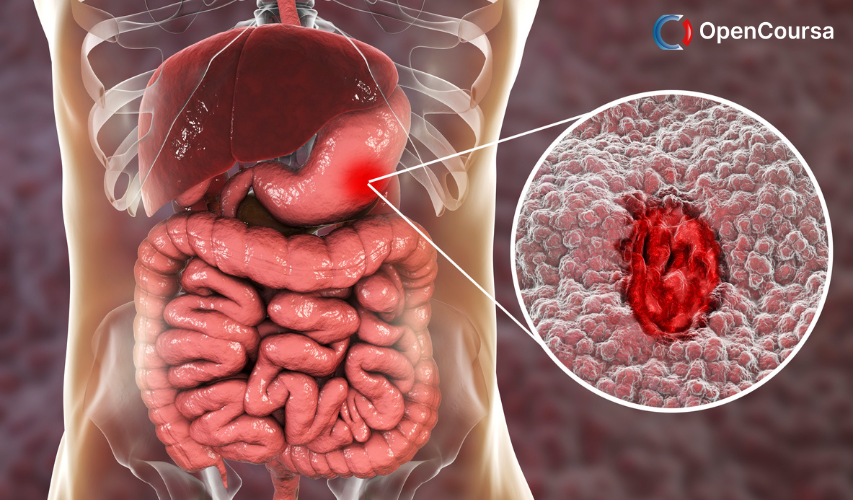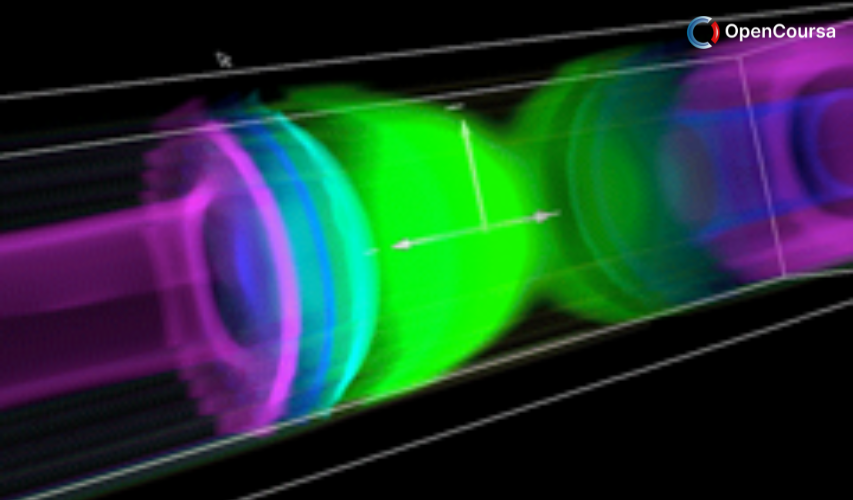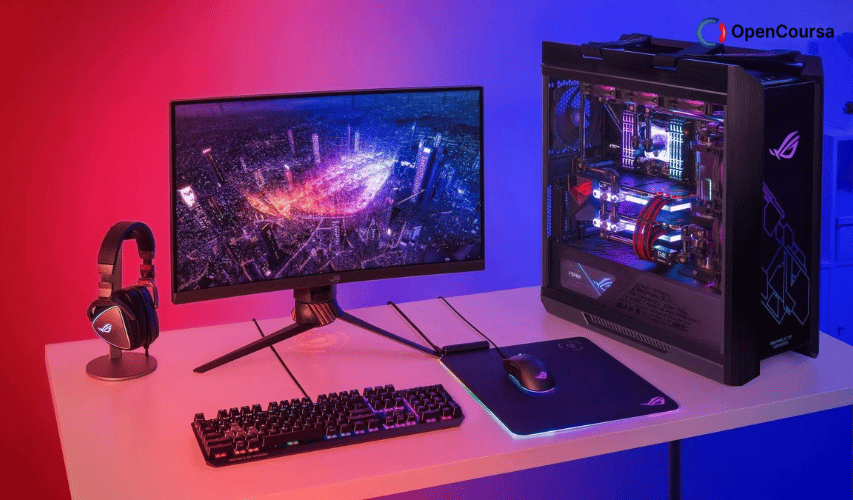Home » Course Layouts » Free Course Layout Udemy
The goal of this series of lectures is to explain the critical concepts in the understanding of the state-of-the-art modeling of nanoelectronic devices such as resonant tunneling diodes, quantum wells, quantum dots, nanowires, and ultra-scaled transistors.
0
1
English
English [CC]
- Learn basic syntax that can apply to any language.
- Learn what is a programming language and the basic concepts for beginners.
- Understand what is Javascript in it's truest form.
- Know the basic syntax of Javascript.
- Know some hidden quirks in Javascript.
Description
Three fundamental concepts critical to the understanding of nanoelectronic devices will be explored: 1) open systems vs. closed systems, 2) non-equilibrium systems vs. close-to-equilibrium systems, and 3) atomistic material representation vs. continuum matter representation.
Device engineers are interested in the management of information through electronic device state representations. Transistors regulate the voltage and current states in electrical circuits and the current flow in these transistors needs to be designed and understood well. Current flow implies that the electronic systems have a finite extent and they are open with finite contact regions which inject and extract carriers. The systems are open. However most quantum mechanical calculations are performed for closed systems. Students need to understand the critical difference betweeen open and closed systems.
Current flow under finite biases implies that the central device region is out-of-equilibrium and cannot be treated with traditional quasi-equilibrium or even equilibrium methods at the nanometer scale. Relaxation or carriers is critical in contact regions and students need to understand the critical difference between equilibrium and non-equilibrium systems.
At the nanometer scale the concepts of device and material meet and a new device is a new material and vice versa. While atomistic device representations are novel to device physicists, the semiconductor materials modeling community usually treats infinitely periodic structures. The importance of the appropriate basis set representation which needs to be selected to cover the important physics of semiconductor devices will become evident.
The lectures do not focus on the underlying theories, but focus on the application of the theories using the nanoelectronic modeling tools NEMO 1- D, NEMO 3-D, and OMEN to realistically extended devices. Basic device operations and advanced simulations will be explored through interactive online simulations on nanoHUB.org using the tools 1) Piece-wise Constant Potential Barrier Tool (pcpbt), 2) Periodic Potential Lab, and 3) Resonant Tunneling Diode Lab with NEGF (RTDnegf).
Course content
- Nanoelectronic Modeling Lecture 01: Overview Unlimited
- Nanoelectronic Modeling Lecture 02: (NEMO) Motivation and Background Unlimited
- Nanoelectronic Modeling Lecture 03: nanoHUB.org – Online Simulation and More Unlimited
- Nanoelectronic Modeling Lecture 04: nanoHUB.org – Impact on Education Unlimited
- Nanoelectronic Modeling Lecture 05: nanoHUB.org – Impact on Research Unlimited
- Nanoelectronic Modeling Lecture 06: nanoHUB.org – Rappture Toolkit Unlimited
- Nanoelectronic Modeling Lecture 07: Introduction to Bandstructure Engineering I Unlimited
- Nanoelectronic Modeling Lecture 08: Introduction to Bandstructure Engineering II Unlimited
- Nanoelectronic Modeling Lecture 09: Open 1D Systems – Reflection at and Transmission over 1 Step Unlimited
- Nanoelectronic Modeling Lecture 10: Open 1D Systems – Transmission through & over 1 Barrier Unlimited
- Nanoelectronic Modeling Lecture 11: Open 1D Systems – The Transfer Matrix Method Unlimited
- Nanoelectronic Modeling Lecture 12: Open 1D Systems – Transmission through Double Barrier Structures – Resonant Tunneling Unlimited
- Nanoelectronic Modeling: Exercises 1-3 – Barrier Structures, RTDs, and Quantum Dots Unlimited
- Nanoelectronic Modeling Lecture 14: Open 1D Systems – Formation of Bandstructure Unlimited
- Nanoelectronic Modeling Lecture 16: Introduction to RTDs – Realistic Doping Profiles Unlimited
- Nanoelectronic Modeling Lecture 17: Introduction to RTDs – Relaxation Scattering in the Emitter Unlimited
- Nanoelectronic Modeling Lecture 18: Introduction to RTDs – Quantum Charge Self-Consistency (Hartree) Unlimited
- Nanoelectronic Modeling Lecture 20: NEGF in a Quasi-1D Formulation Unlimited
- Nanoelectronic Modeling nanoHUB Demo 1: nanoHUB Tool Usage with RTD Simulation with NEGF Unlimited
- Nanoelectronic Modeling nanoHUB Demo 2: RTD simulation with NEGF Unlimited
- Nanoelectronic Modeling Lecture 21: Recursive Green Function Algorithm Unlimited
- Nanoelectronic Modeling Lecture 22: NEMO1D – Motivation, History and Key Insights Unlimited
- Nanoelectronic Modeling Lecture 23: NEMO1D – Importance of New Boundary Conditions Unlimited
- Nanoelectronic Modeling Lecture 24: NEMO1D – Incoherent Scattering Unlimited
- Nanoelectronic Modeling Lecture 25a: NEMO1D – Full Bandstructure Effects Unlimited
- Nanoelectronic Modeling Lecture 25b: NEMO1D – Hole Bandstructure in Quantum Wells and Hole Transport in RTDs Unlimited
- Nanoelectronic Modeling Lecture 28: Introduction to Quantum Dots and Modeling Needs/Requirements Unlimited
- Nanoelectronic Modeling Lecture 29: Introduction to the NEMO3D Tool Unlimited
- Nanoelectronic Modeling Lecture 31a: Long-Range Strain in InGaAs Quantum Dots Unlimited
- Nanoelectronic Modeling Lecture 32: Strain Layer Design through Quantum Dot TCAD Unlimited
- Nanoelectronic Modeling Lecture 33: Alloy Disorder in Bulk Unlimited
- Nanoelectronic Modeling Lecture 34: Alloy Disorder in Quantum Dots Unlimited
- Nanoelectronic Modeling Lecture 35: Alloy Disorder in Nanowires Unlimited
- Nanoelectronic Modeling Lecture 41: Full-Band and Atomistic Simulation of Realistic 40nm InAs HEMT Unlimited
N.A
- 5 stars0
- 4 stars0
- 3 stars0
- 2 stars0
- 1 stars0
No Reviews found for this course.










